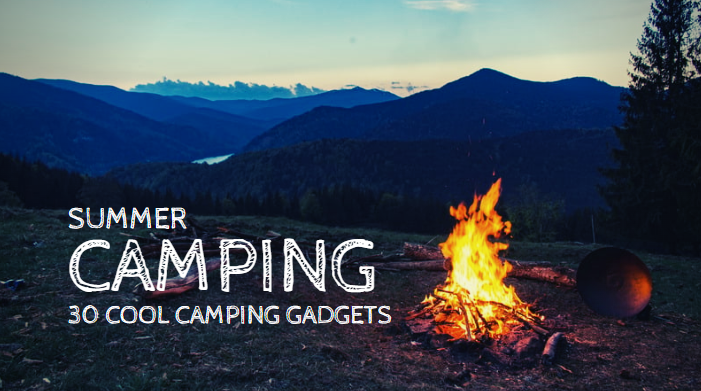Snowboarding is an exhilarating winter sport that combines balance, control, and adrenaline. This full guide on how to snowboard in 2023 is the same as any other guide because it covers everything you need to know to start, stay safe, and get better on the slopes.
You’ll learn how to become a good rider by following simple steps. We’ll cover everything from picking the right gear to doing the basics.
How to Snowboard for Beginners?
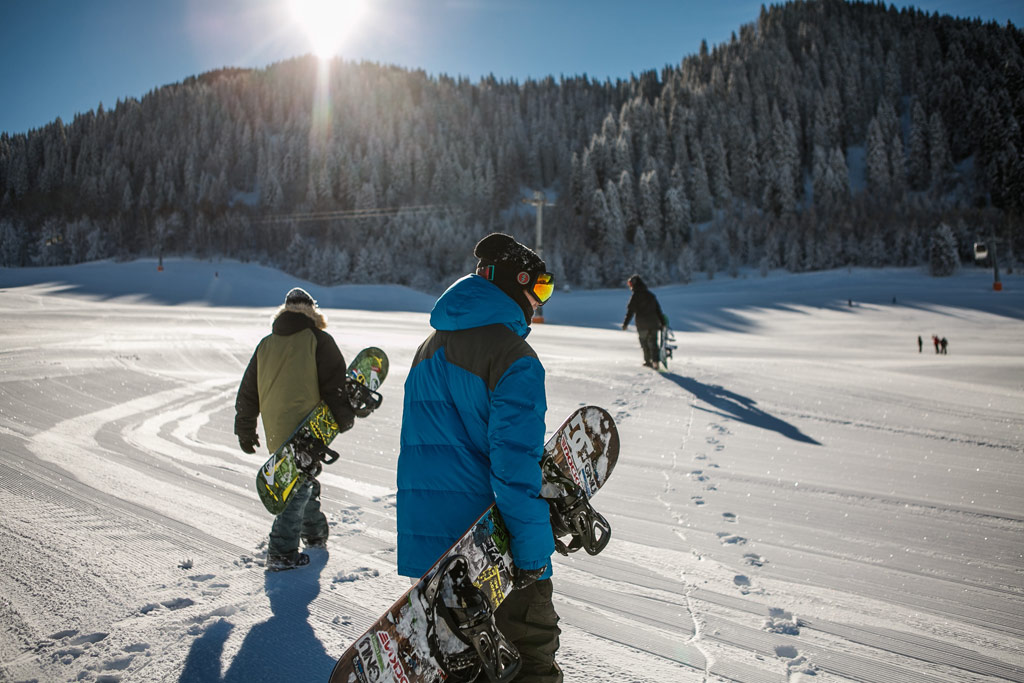
Skiing can be intimidating when you’re first starting. But with the right instruction and a little practice, you’ll soon be able to carve down the slopes! Here’s a guide for how to snowboard for beginners:
Choosing the Right Gear
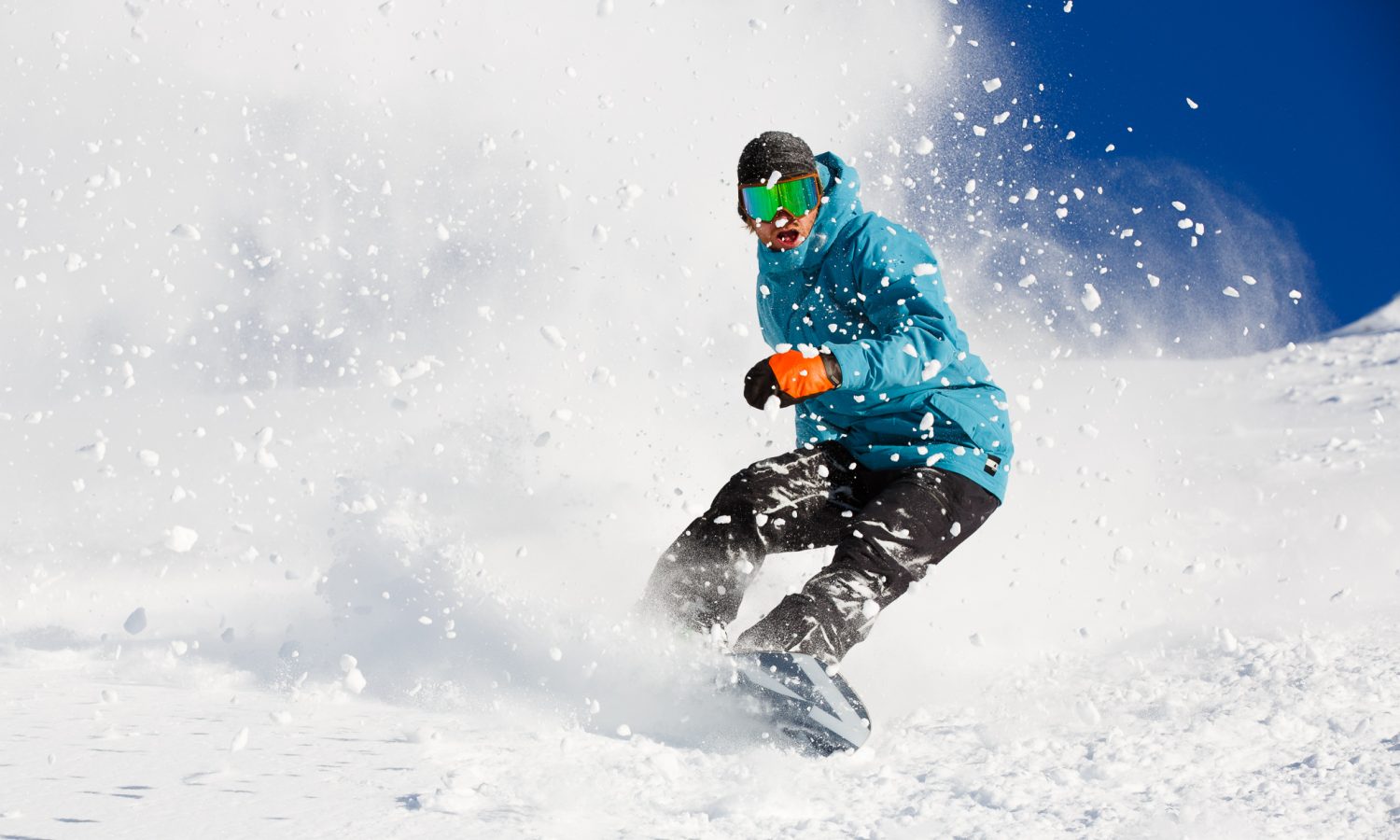
Get the right equipment. You’ll need good-quality skis, bindings, boots, and clothing to keep you warm and dry. Make sure to pay attention to quality; it pays to invest in quality gear that lasts.
Before you hit the slopes, having the right equipment is essential. Here’s what you need:
- Snowboard: The most crucial piece of gear. Pick a board that fits how you ride and how good you are at it. For beginners, boards that are softer and more forgiving are best. For more experienced riders, harder boards may be better.
- Bindings: Bindings secure your boots to the board. Make sure they fit comfortably and securely.
- Boots: Snowboard boots are specially designed for comfort and control. Ensure they provide good ankle support and fit snugly.
- Outerwear: Dress in layers to stay warm and dry. A waterproof jacket, pants, and moisture-wicking base layers are essential.
- Safety Equipment: Remember protective gear like helmets, wrist guards, and impact shorts. These items can prevent injuries and enhance your confidence on the slopes.
Safety First
Practice in a safe environment. Once you have mastered the basics, it’s time to practice! Start by riding on a gentle slope with plenty of room to fall. As you become more confident, you can try steeper terrain.
Before you leave, check the weather report. Wear clothes that are right for the weather, and keep in mind that the weather can change during the day. Know your skill level, and only attempt runs or tricks within your capabilities. Progress at your own pace.
Always wear your safety equipment. A helmet can prevent head injuries, and wrist guards protect your wrists from fractures.
It’s better to snowboard with a friend than go alone. If something happens, your buddy can assist or get help.
Mastering the Basics
Unless you have an experienced snowboard instructor to guide you, it’s best to learn from a qualified instructor. They can teach you the basics of standing, turning, and stopping.
Now that you have your gear and safety measures in place let’s move on to mastering the fundamental skills:
- Stance and Balance: Stand with your feet shoulder-width apart, knees slightly bent, and weight centered over the board. Maintaining a good stance and balance is crucial for control and stability.
- Skateboarding and One-Footing: Practice skating on your snowboard with one foot strapped in. This skill helps you navigate flat areas and lifts.
- J-Turn and Falling Leaf: Learn to make basic J-turns and use the falling leaf technique to control your speed and direction on gentle slopes.
- Heel Edge and Toe Edge: Master using your heel and toe edges to control your turns. This is the foundation of all snowboarding maneuvers.
- Linking Turns: Combine your heel and toe edge turns to smoothly link turns and descend the mountain with style. This is a significant milestone in your snowboarding journey.
Progressing Your Skills
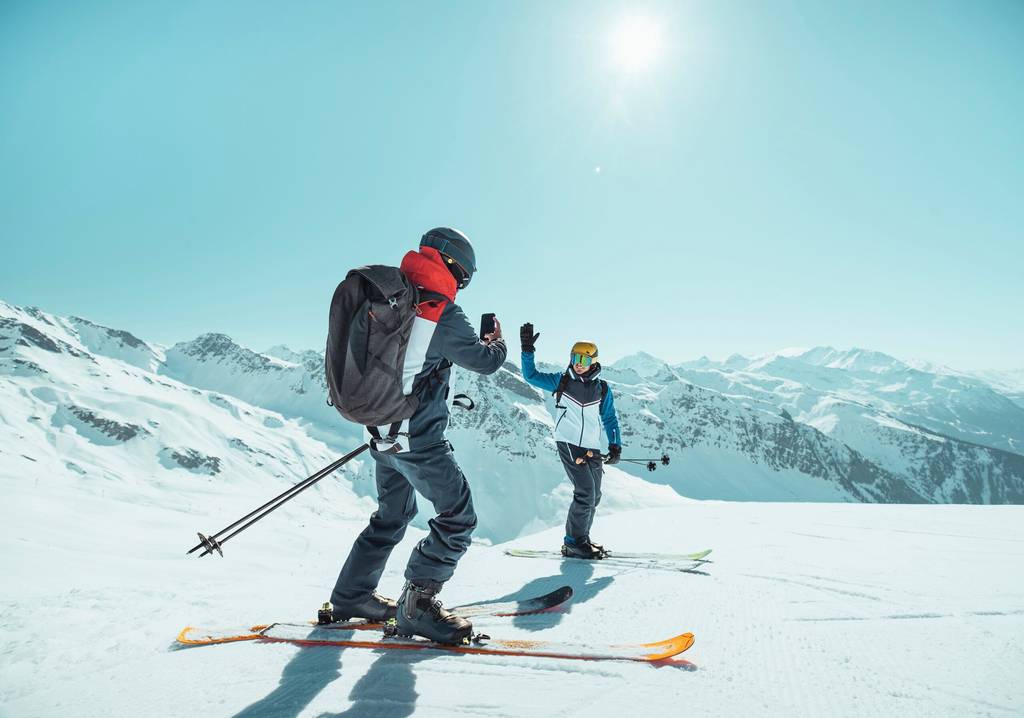
Sideswipe is the first maneuver you will make on the board. It introduces you to the edges of the board and how to use them to control your speed. When your board is in the sideslip position, it is exactly 90 degrees to the hill or fall line. With your weight on the end of the board, it slides down the hill sideways.
For sideslides, you need to find the correct slope. You don’t want it to be too steep, but you don’t want it to be too flat. By turning the edge of your board into the snow, you can change how fast you go. The steeper the angle, the slower you go; the flatter the board, the faster you go. To move, stand up straighter, bring your hips forward a little, and let your feet lay flat toward the snow. This will allow your board to slide straight down the hill.
It’s important always to keep your toes in the air so that the toe edges of your skis are away from the snow. To go more slowly, bend your knees and lift your toes while pushing your hips back. This will make the edge’s slope steeper, making your skis catch the snow and slow you down.
The tricky part of sidestepping is figuring out the amount of edge bite you need to control your speed. Try a few runs until you can start/stop smoothly and control your speed.
So, you should be prepared for crashes and scrapes. Snowboarding is a physical sport, and you will inevitably fall and fall many times! Please don’t get discouraged because everyone falls when they’re learning. Dust yourself off and keep going! Once you’ve nailed the basics, it’s time to progress and have more fun on the slopes. That way, you’ve mastered the advanced technique.
How Long Does it Take to Learn Snowboard?
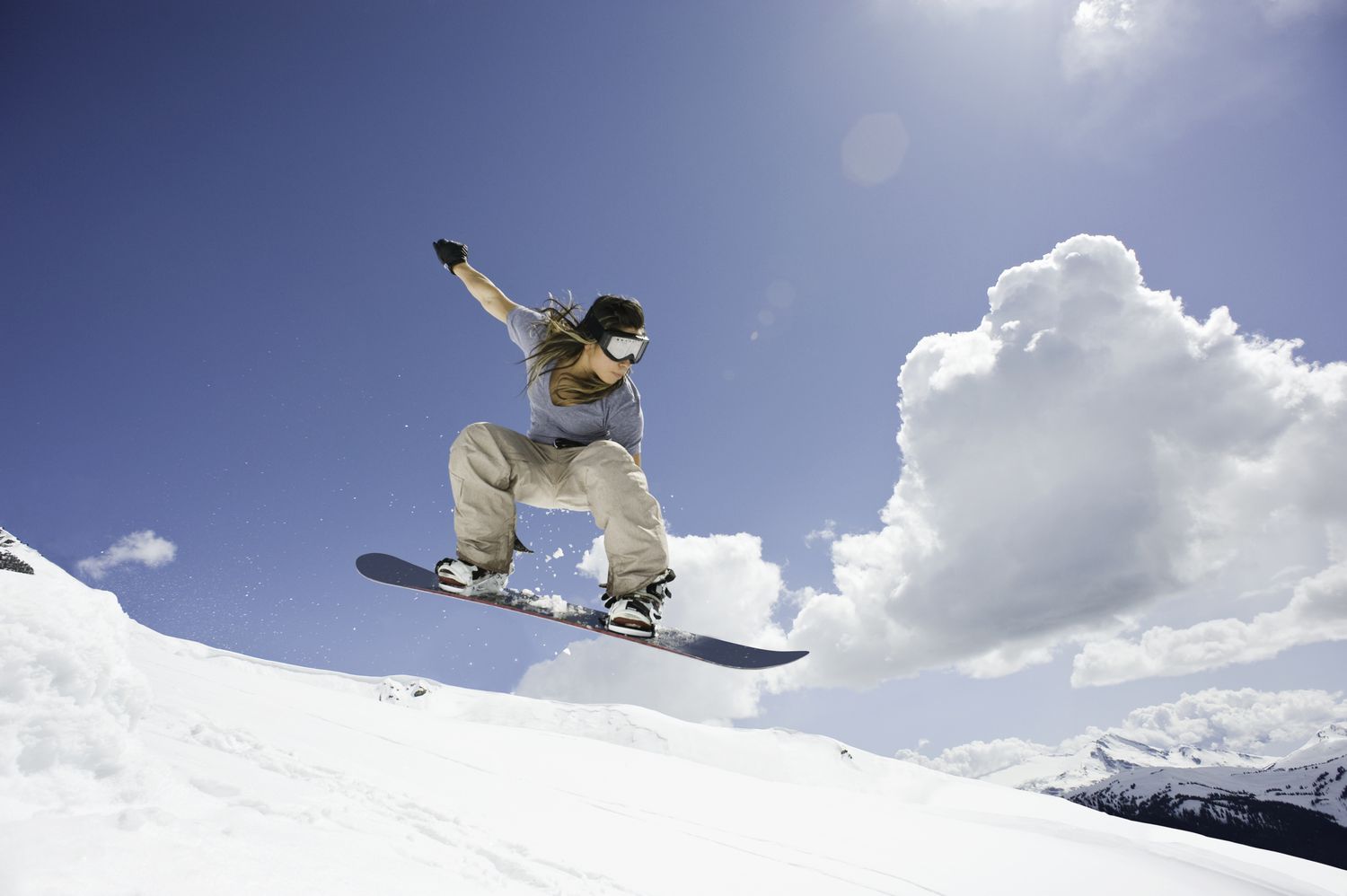
“Snowboarding is not just a sport; it’s a way of life” is a saying that applies perfectly to most snowboarders. We love what we do and can’t get enough of the speed, thick powder, and snow parks – that’s where we snowboarders live in winter and dream in summer.
Different people learn to ski at very different rates. Many things affect how long it takes, like how fit and coordinated you are, how much you exercise, how often and how well you learn, and if you’ve done similar sports before.
It’s important to note that skiing is a sport that rewards patience and perseverance. Everyone progresses at their own pace, and there’s no set timeline for mastering the sport. Key ways to get better at skiing are to practice often, take lessons when necessary, and gradually push yourself on steeper hills.
Skiing can also be done for a lifetime, and many snowboarders keep learning and getting better as they go. So, while you can learn the basics quickly, becoming a skilled and confident skier takes time and can give you years of fun on the slopes.
Conclusion and Tips for Success
To sum up, snowboarding is a fun winter sport that can be challenging and fun for riders of all skill levels. You can get the most out of this sport if you have the right gear, pay attention to safety, and work on your skills.
Here are some final tips for success:
- Take lessons from certified instructors if you’re a beginner.
- Practice regularly to build muscle memory and improve your riding.
- Be bold and ask for advice from more experienced riders.
- Have fun, and remember that snowboarding is about enjoying the mountains and the snow.
With this definitive guide on how to snowboard in 2023, you can confidently embark on your snowboarding journey.



